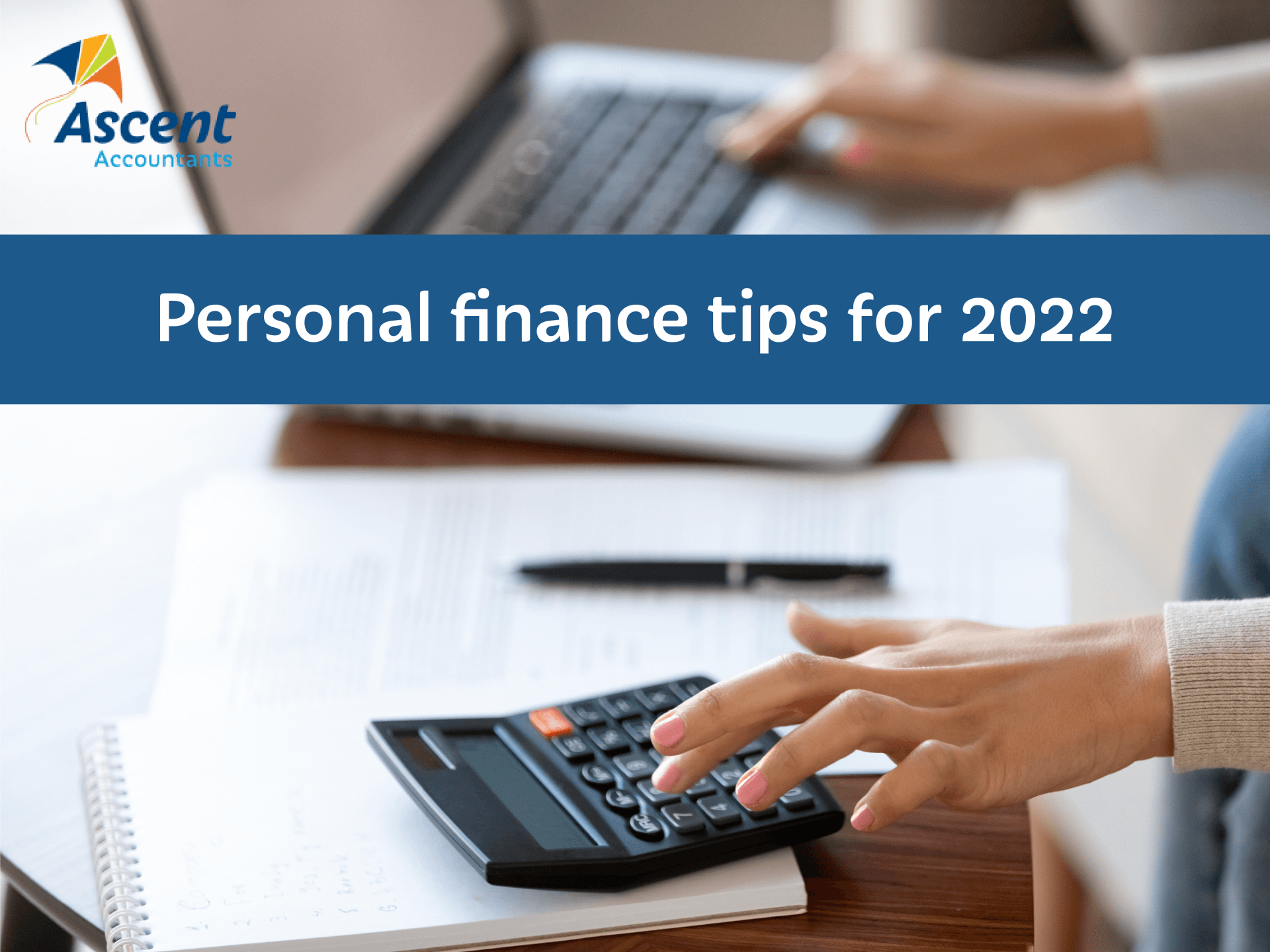Personal finance tips for 2022

Can you believe that 2021 is creeping up on us so quickly? The date is the same every year, and we always seem to be caught out by it. This year has been a challenging time for everyone, so doing all you can to set yourself up for success next year is a must.
Personal finance planning may not be the most exciting task to you (we, on the other hand, love it), but setting good habits and goals now can make a massive difference later. Going into the new year, consider making some of these personal finance tips your New Year’s Resolutions.
1. Assess where you are at
It may be tempting to just jump right in to get the setting of your personal finance goals done and dusted. But, to make the most out of the process and set the most effective plan, you really need to take the time to sit back and assess where you’re at now.
Have a look at your savings, debts, and investments. Really look at your personal finances. Yes, it can be pretty confronting and stressful, but this knowledge will help you to set realistic, achievable and positive goals for yourself in 2022.
2. Set a budget and stick to it
Setting a budget is easy. Sticking to it? You might have your work cut out for you. When setting personal finance goals, budgets are such an important step, but an often neglected one.
When setting yours, the most important thing is to make sure that they are realistic and achievable. Don’t set yourself up for failure by setting difficult, stressful and unattainable goals. Some things to always consider are housing, food, utilities, other regular expenses, as well as dedicated spending money.
3. Double down on debt
Debt can be a real burden and can put a significant strain on your finances. You need to consider your debts and their repayments when it comes to your budget — it pays to make paying them off a priority. Most debt accrues interest, so you’re losing money the longer it sits there.
4. Prep for emergencies
If the last two years have taught us anything, it’s that you never know what’s around the corner. We know it sounds a bit morbid, but the old “plan for the worst, hope for the best” is a great mantra when it comes to financial planning. With each pay, try and set aside some of your earnings for emergency fund and create a nice cushion. The last thing you want to be worrying about in the middle of a crisis is your personal finances.
5. Review your investments
Unless you’re a finance expert, you probably aren’t making the best returns from your investments as you could be. To boost your personal finances, it pays to educate yourself as much as possible, or to get professional help in order to make the most of what you have. If you’re already investing, make the absolute most out of what you already have, and ditch what’s leaving you in the red.
6. Get money motivated
With the Christmas break, most people have a little more time on their hands. Use this period to plan, budget, and establish your goals. Think about what you really want and how you can get there. It could be a designer bag, a car or a house deposit. No matter your goal, it’s an exciting step to start making positive changes to get you closer to what you want.
7. Shop smart
We’re not turning up our noses at hard work and elbow grease, but sometimes it pays to work smarter, not harder. Before you go and make crazy cuts to your personal finance budget, it’s smarter to sit back and reassess. This way, you can make clever changes rather than harsh restrictions.
For example, switch to cheaper brands for things you don’t really care about. Make coffees at home rather than go out, buy in bulk, shop second-hand, or use coupons and vouchers. There are so many minor changes that mean you do not have to sacrifice the parts of your lifestyle that you value most.
Things just got personal
Looking to clean up your personal finances? We can help you budget, plan, and implement some smart-spending strategies to help boost your personal finances. Together, we’ll work with you to set realistic goals so you can enjoy the things you want to, without leaving a huge dent in your week-to-week paycheck. Sound good? Call us.
Need help with your accounting?








